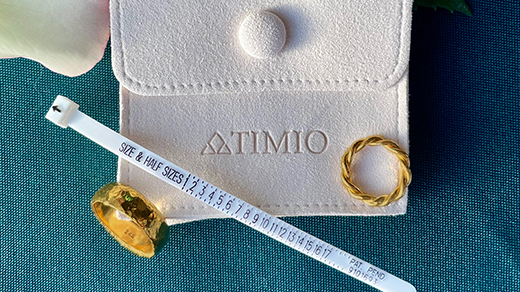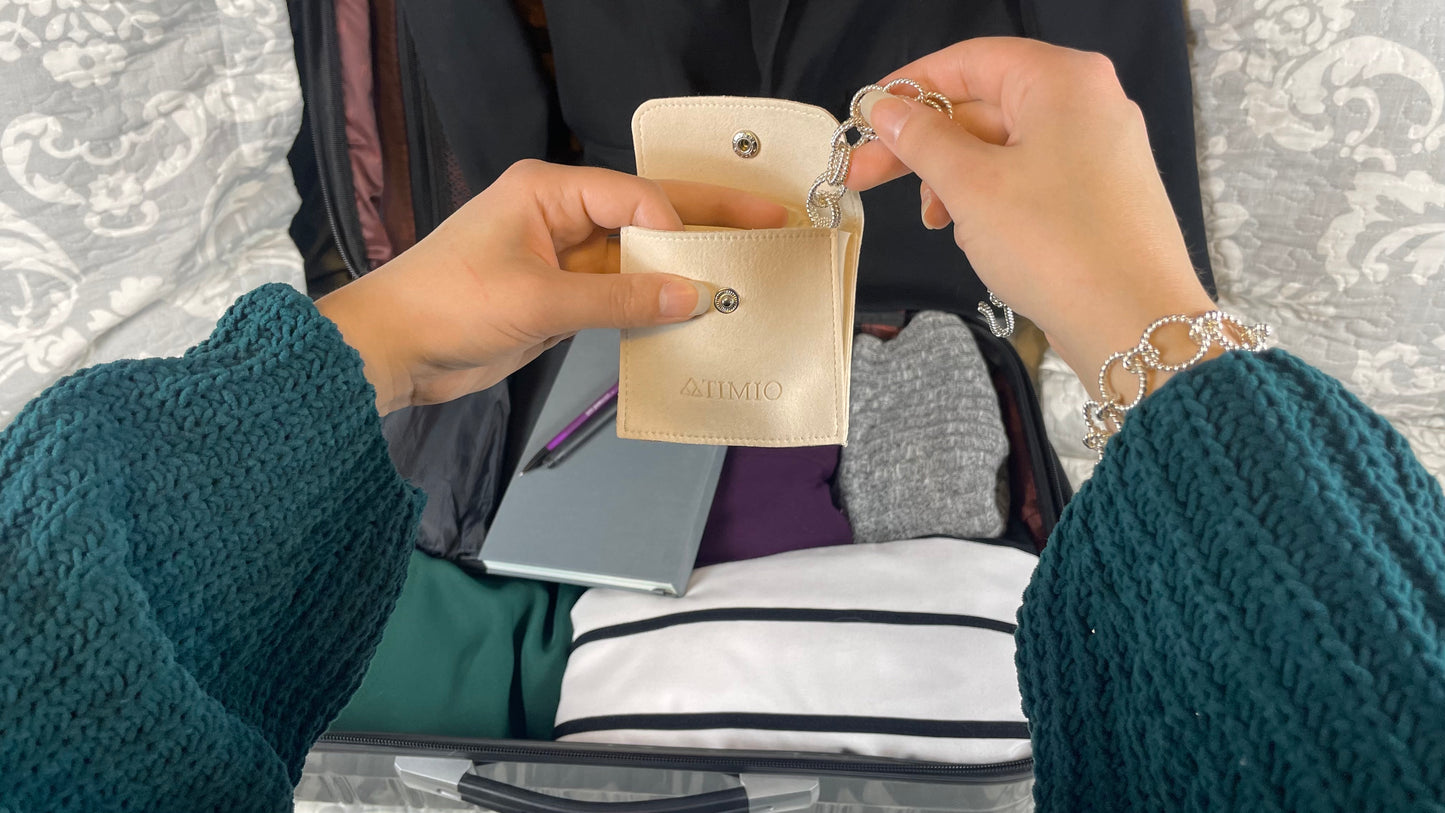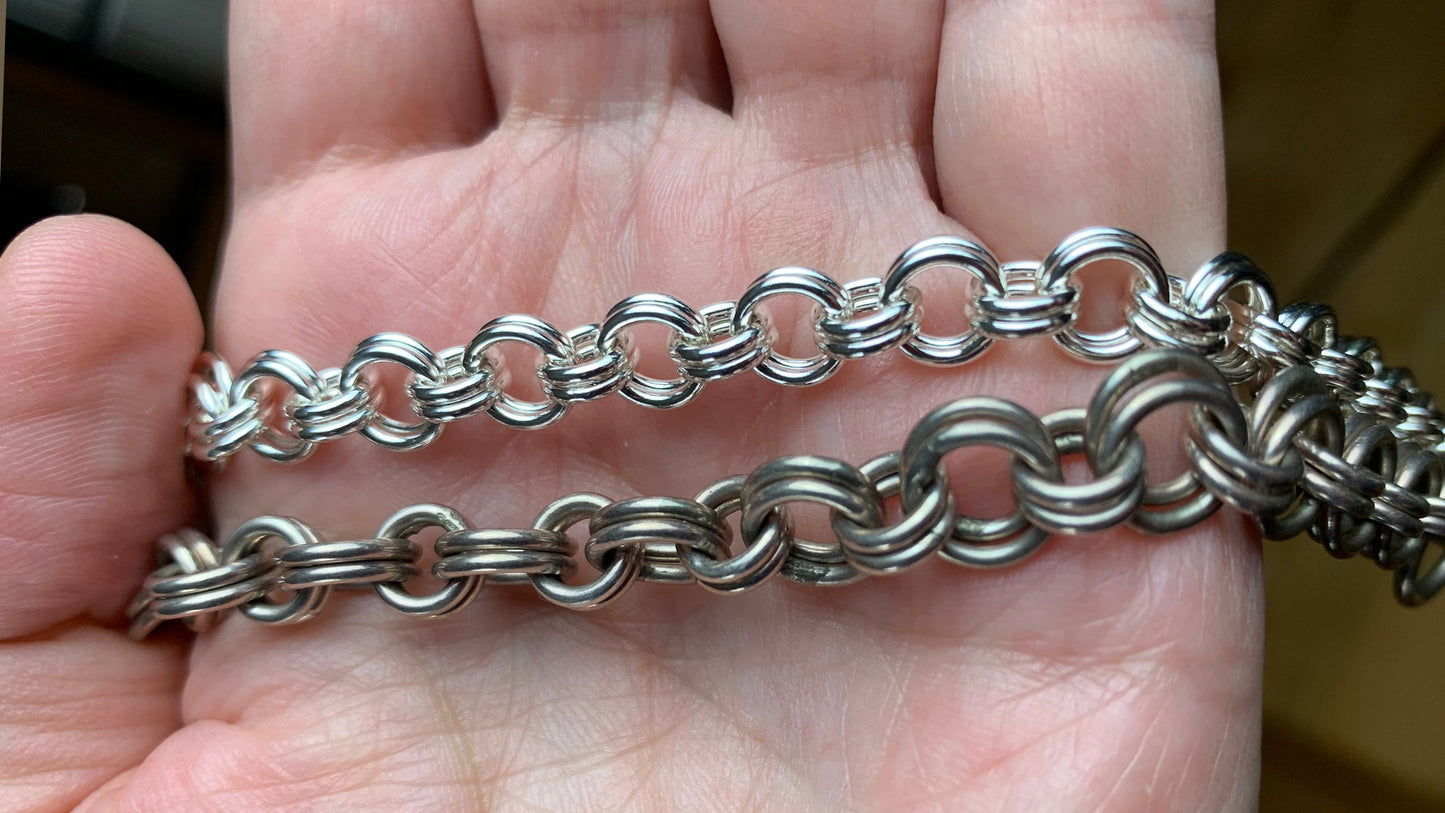
Sterling silver has taken over the silver jewelry market in many countries, yet pure silver jewelry is possible, wearable, has been prevalent throughout human history (yes, even today), and resists tarnishing better than sterling silver.
Unlike gold where you select a karat grade for the purity of your jewelry’s metal, which tends to also alter the price, sterling silver isn’t an inherent indicator of price. Most jewelry stores, online retailers, and department stores carry sterling silver jewelry, with pieces ranging from cheap to mind-numbing prices. For those curious about the differences between sterling silver and pure silver.
Sterling Silver
This alloy is comprised of 92.5% silver and 7.5% other metals, typically copper. The added metals in sterling silver accelerate its tarnishing rate. There are new formulations of sterling silver alloys that are designed to have less copper to resist tarnishing more than the traditional formula, although each “recipe” has its pluses and minuses; some are more challenging to work with, while others are formulated to prevent fire staining during construction. Sterling silver’s tarnishing can also vary in color (green, yellow, brown, black) but this is a surface reaction that can be remedied with cleaning. These colored tarnishes are not rust, as silver and copper cannot rust. Blends of sterling silver containing nickel can cause skin irritation for some people. Some pieces are also coated to prevent staining the wearer’s sink with the telltale green or black marks.
Sterling Silver gets its name from the British Pound Sterling (Britain’s basic monetary unit) which we will dive into in a later post. Compared to other precious metals, silver is priced lower than gold by a sizable margin and when alloyed into sterling silver the cost is decreased more, what changes the price of the finished product is the amount of work and skill that goes into it, quality of finished product, and who is producing the product. For instance, a small, independent craftsperson selling their sterling silver necklace is likely to price it differently than a larger, corporate jewelry company making the same style piece.
Sterling silver is marked with the numbers 925 and sometimes this is accompanied by a “Sterling Silver”, “Sterling”, or “Ster” mark. These marks are typically stamped on the back of a piece or near the clasp. Though be warned, not all countries require sterling silver to be marked. The USA doesn’t legally require it for example, though sellers must disclose the purity on the products page when selling online.
Fine Silver
Silver (Ag on the periodic table of elements) at its purest is .999 or 99.9% since .01% is comprised of trace elements that cannot be refined out of the metal. Silver is more reflective than other metals, and is prized for its bright white color, antibacterial qualities when ionized, resistance to tarnishing, and its conductivity. Both in terms of thermal and electrical conductivity, silver is unmatched by other metals which is why it’s used for electronics. Silver has many industrial applications which we detail in our blog post “Industrial Uses of Silver Which Increase Its Value”.
Silver in the form of decorations have been found in tombs dating back to 4000 BC and it’s projected that silver, along with gold, were used as currency as far back as 800 BC. China in particular has a strong affinity for silver and is the reason that silver was the first internationally traded currency in relationship with their early trade with Spain, later leading to trade with the East Indian Company. To this day, silver still holds significant importance in eastern countries (such as China, India, Japan) in traditional ceremonies, jewelry, and socio-economic capacities.
In terms of hardness and strength, pure silver has the same hardness rating as pure gold, approximately a 2.5-3 on the Mohs hardness scale. From our research many claim that the added copper in sterling silver adds to its hardness in a significant way yet it’s still rated 2.5-2.8 on the Mohs scale, so ultimately it is a minimal improvement. Some sources even claim that sterling silver is “far more durable than pure silver” yet also cite that it ranks 2.5 on the Mohs hardness scale just like pure silver and 24 karat gold. Work hardening the metal helps prevent pure silver from denting and bending. Ultimately, all jewelry and trinkets made with precious metals should be handled and worn with care.
Tarnish Comparison
Both sterling silver and pure silver tarnish over time. This is due to silver (but more so copper) reacting with the sulfur in the air. This reaction can be cleaned off the surface to bring the bright white shine back to your jewelry, though sterling silver tarnishes faster and can be challenging to clean up if it’s not cared for regularly. Chemical cleaners can also leave spot stains if you're not careful when applying and washing them off.





